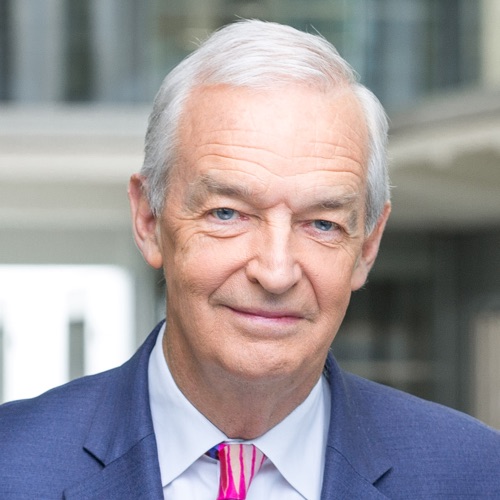Viewing the UK's street crisis from Tahrir Square
Early in the unfolding events in Cairo’s Tahrir Square, I remember talking with others about whether it could happen at home in the UK. Not the precise Egyptian revolutionary “it”, but something which might ignite a “movement” and bring people onto the streets in part fuelled by the speed of transmission of events via the social network and the web.
To this day, there is dispute in Egypt about the scale of the social network’s role in the upheavals. But at the time, some of us on the ground there wondered: “Could this come to England?”
We did not speculate that the UK “eruption” would be so causeless. The Tottenham origins clearly had a routing in the shooting of Mark Duggan – even if the initial protest outside the local police station may have had no immediate expectation of resulting in a riot. But the other riots?
We did not foresee that it would NOT be an action of the “masses”, as in Egypt, but of small groups of rioters in many of England’s cities, from Bristol to Liverpool, from Nottingham to Birmingham, and within London, from Clapham to Croydon, from Islington to Camden. Even including Hemel Hempstead.
The spread is the issue, the speed is the issue, the local is the issue. The word “copycat” has been coined. We are told there may have been 300 people involved in Tottenham, 150 in Bristol – a couple of hundred in Nottingham. If we add the numbers, we are talking way less than 10,000 rioters, probably less than 5,000 out of a population of 60m. We have long left the 100,000 who filled Tahrir Square and beyond.
And no one can say that a branch of Car Phone Warehouse, or Footlocker, can be called some kind of cause. Sure, the looters have had their heads filled with images of designer sports shoes, plasma screens and other material goods they will maybe never own any other way. The fast images of Tottenham trollies lugging away this looted lolly may well have inspired others.
So we are confonted, as Egypt was confronted, by images over which there is no control. The citizen suddenly has fast access to things the media previously mediated for them at a slower pace.
We cannot know precisely what role which element of the social network played. But angry, underfulfilled people in drab circumstance saw what was happening faster than ever before.
People will talk of economic deprivation, of the gulf between rich and poor, of the access to information and images.
Coalition politicians have talked of “localisation” but do they fully understand it? The “local” is in trouble. You don’t destroy the “local” you love and cherish; you defend it with all your might. We have begun to see that in some places in the UK already. But we have also seen where it breaks down.
Alas these riots do not call for a Lord Scarman to interpret the Brixton Riots of old, this calls for all of us – reporters, Tweeters, citizens, to look at the wider evidence in front of us. I have been to places in Hull (where so far as I know there has been little or no trouble), that I hoped never to see in Britain – Luton, Liverpool, other places too. Places of awful welfare-dependent despond.
Whilst I have been in America Obama has talked yet again of “hope” in battling the economic woes. But as he has discovered, it is very hard to deliver top-down hope.
Top-down, Westminster-centric politics has few immediate answers either. We are demanding answers of top down politicians to issues that we do not wish to have to address for ourselves on the ground.

